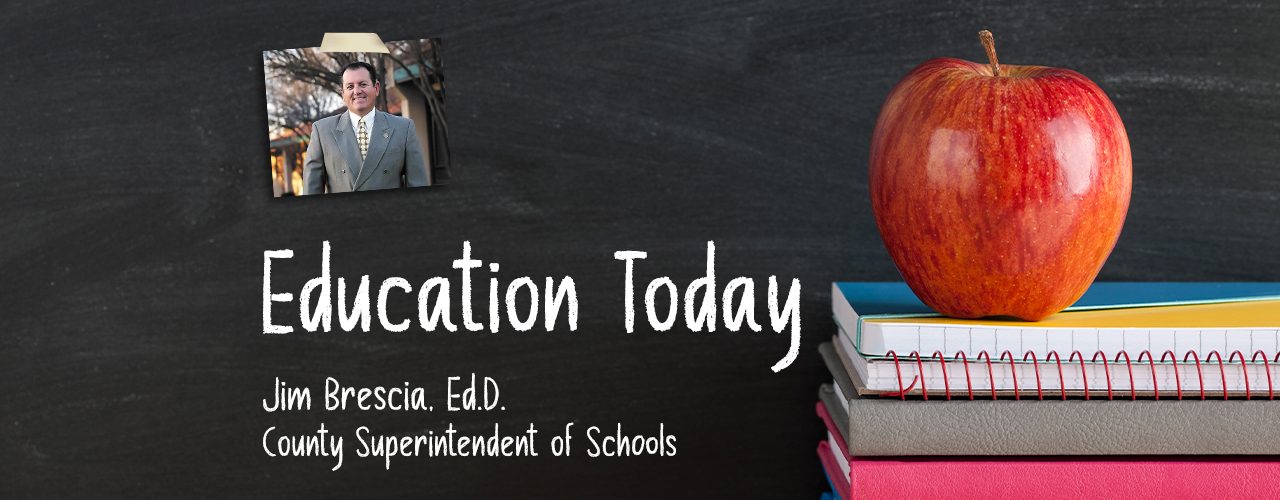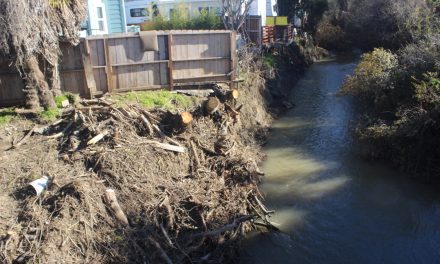A common topic with our district superintendents, charter directors, school boards, PTAs, Rotary Clubs, and community groups is the California state budget. The best explanation about the California budget I have heard is that the budget is a process rather than a product. This year is like no other I have experienced in my 35 years of service.
In January of 2021, three bills were introduced in the House of Representatives that total $461 billion for education. The legislation is called the “Save Education Jobs Act” and was first introduced last year but did not move forward. The package also includes the Learning Recovery Act of 2021, which distributes funding to school districts to address learning loss and extended learning opportunities, much like the governor’s proposal for $4.6 billion in the state budget.
The California budget is a combination of phases, including developing the Governor’s Budget, the Legislature’s enactment of the budget, and the executive branch’s administration. Each of these phases contains all the ramifications and influences of political interactions, relationships with federal and local governments, public input, natural events, legal issues, the economy, initiatives, and legislation. In short, the state budget is a complex, multi-faceted, and ever-changing process, similar to the process of making sausage. COVID-19 has changed this process and should prove to be a topic of accounting classes, graduate seminars, and history books.
Our State Constitution requires that the governor submit a balanced budget to the Legislature by January 10. The governor’s $227.2 billion budget proposal in January began a 6-month long process finalized with an approved 2021-2022 budget. This year’s proposal includes $14 billion in programs to assist workers and businesses impacted by the pandemic and reopen schools. That includes nearly $5 billion Newsom will ask the Legislature to approve before the June budget completion.
Newsom predicts $34 billion in what he calls “budget resiliency,” or a combination of reserves and discretionary surplus, with $15.6 billion coming from the state’s rainy day fund.
Even amid the coronavirus pandemic, Newsom’s $227 billion spending plan marks a record-high budget proposal. Keely Bosler, director of the Department of Finance, admitted, “We got it wrong [last] April about how deep the recession was going to be.” One interesting requirement is that if the budget year’s proposed expenditures exceed estimated revenues, the governor must recommend the additional funding sources to mitigate deficit spending. Under the governor’s policy direction, the Director of Finance issues instructions and budget preparation guidelines to agencies and departments. This effort typically gets underway even before the Legislature has passed the budget for the current fiscal year. Our local State Senator, John Laird, is an experienced legislator and will be an integral part of the budget appropriations.
Even though the government uses terms such as “Zero-Based Budgeting,” “Management by Objectives,” and “Total Quality Management,” the process is essentially incremental budgeting with some lobbying added for good measure. The current departmental level of funding is considered a base amount adjusted up or down by change proposals. According to the Department of Finance, the general goal is to resolve budget issues at the lowest level possible. Departments should clear their proposals through agency-level hearings, and the Department of Finance generally attends the hearings. For non-agency departments, recommendations are presented directly to the Department of Finance. Issues not resolved between departments and Finance staff move to hearings conducted by the Director of Finance. The most sensitive issues ultimately land on the governor’s desk for a decision.
The Department of Finance coordinates printing the Governor’s Budget Summary, containing goals and objectives for the following year after finalizing decisions. The budget summary portion is a detailed presentation of each department for the past, current, and future budget years. The State Constitution also requires that the Governor’s Budget contains a Budget Bill itemizing recommended expenditures introduced into each Legislature house before June 15. Of particular interest for our county are the proposals to expand the educator workforce pipeline. A goal of my administration has been to promote “Future Careers that are Locally Grown.” Several of the grants proposed by the governor complement my research on Recruitment and Retention, validate our work on apprenticeships, and if awarded, will benefit our county for generations. For additional information, please contact the San Luis Obispo County Office of Education.
It is an honor to serve as your County Superintendent of Schools.







